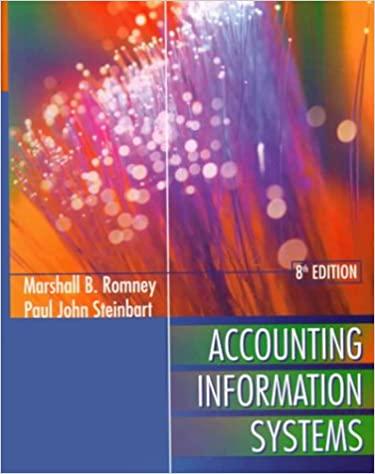Question
Jimmy Jones operates Jimmys Cricket Farm in East Hartford, CT. Jimmy raises about 18 million crickets per month. Most are sold at pet stores at
Jimmy Jones operates Jimmys Cricket Farm in East Hartford, CT. Jimmy raises about 18 million crickets per month. Most are sold at pet stores at $12.60 per box of 1,000 crickets. Pet stores sell the crickets for 5 cents or 10 cents as live feed for reptiles.
Raising crickets is a two step process: incubation and brooding. In the first process, incubation employees place cricket eggs on mounds of peat moss to hatch. In the second process, employees must move the newly hatched crickets into large boxes filled with cardboard dividers. Depending on the desired size, the crickets spend approximately two weeks in brooding before being shipped to pet stores. In the brooding process, Jimmys crickets consume about 16 tons of food and produce 12 tons of manure.
Jimmy has invested $400,000 in the cricket farm, and he hopes to earn a 24% annual return, which works out to be 2% per month. After looking at the farms bank balance, Jimmy is worried he is not achieving the return he wants. Jimmy bought some new software and input data and generated some reports. He needs help interpreting the output.
He does know that a unit of production is a box of 1,000 crickets. Junes report shows 7,000 units of beginning work in process inventory. The Finished Goods Inventory is zero because the crickets ship out as soon as they reach the required size. Monthly operating expenses are $2,000


Required:
- What is the cost per box of crickets sold?
- What is the gross profit per box?
- How much operating income did Jimmy earn in June?
- What is the return on Jimmys investment of $400,000 for the month of June?
- What monthly operating income would provide the 2% return Jimmy wants? What does he need to charge per box to accomplish this?
JIMMY'S CRICKET FARM Brooding Deprtment Production Report (Part 1 of 2) Month Ended June 30 Flow of Production Flow of Physical Units Equivalent Units Direct Transferred in Materials Conversion Costs 7,000 21,000 28,000 Units to account for: Beginning work in process inventory, June 1 Transferred in during June Total Units to account for Units Accounted For: Completed and shipped out during June Ending Work in process, June 30 Total Physical Units Accounted for Total Equivalent Units 19,000 9,000 28,000 19,000 9,000 19,000 7,200 19,000 3,600 28,000 26,200 22,600 JIMMY'S CRICKET FARM Brooding Deprtment Production Report (Part 2 of 2) Month Ended June 30 Direct Materials Conversion Costs Transferred in Total 21,000 46,200 67 200 28,000 $2.40 39,940 156,560 196,500 26,200 $7.50 5,020 51,480 56,500 22,500 $2.50 65,960 254,240 320,200 Units to account for: Beginning work in process inventory, June 1 Costs added during June Total Costs to account for Divide by total Equivalent Units Cost per Equivalent Unit Assignment of Total Cost: Units Complteded and shipped out during June Ending Work in Process, June 30: Transferred-in Costs Direct Materials Conversion Costs Total en ding work in process, June 30 Total Cost accounted for (19,000 * ($2.40+$7.50+$2.50) $235,600 9,000*$2.40 7,200*57.50 3,600 *$2.50 $21,600 $54,000 $9,000 $ 84,600 $320,200
Step by Step Solution
There are 3 Steps involved in it
Step: 1

Get Instant Access to Expert-Tailored Solutions
See step-by-step solutions with expert insights and AI powered tools for academic success
Step: 2

Step: 3

Ace Your Homework with AI
Get the answers you need in no time with our AI-driven, step-by-step assistance
Get Started


